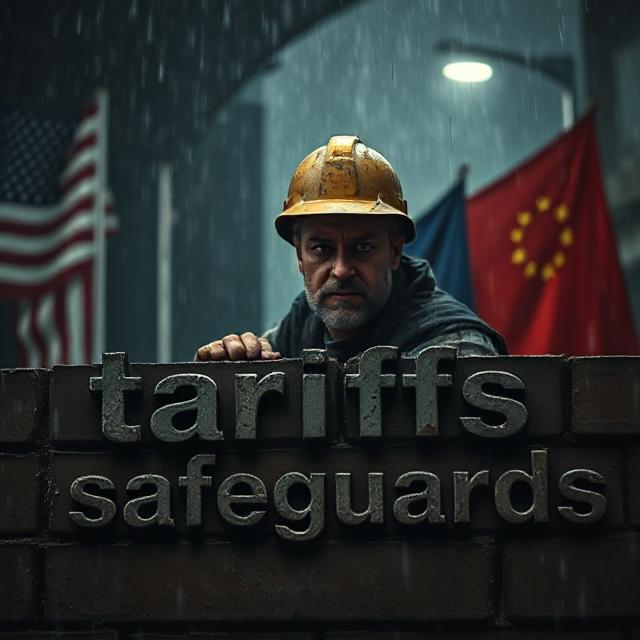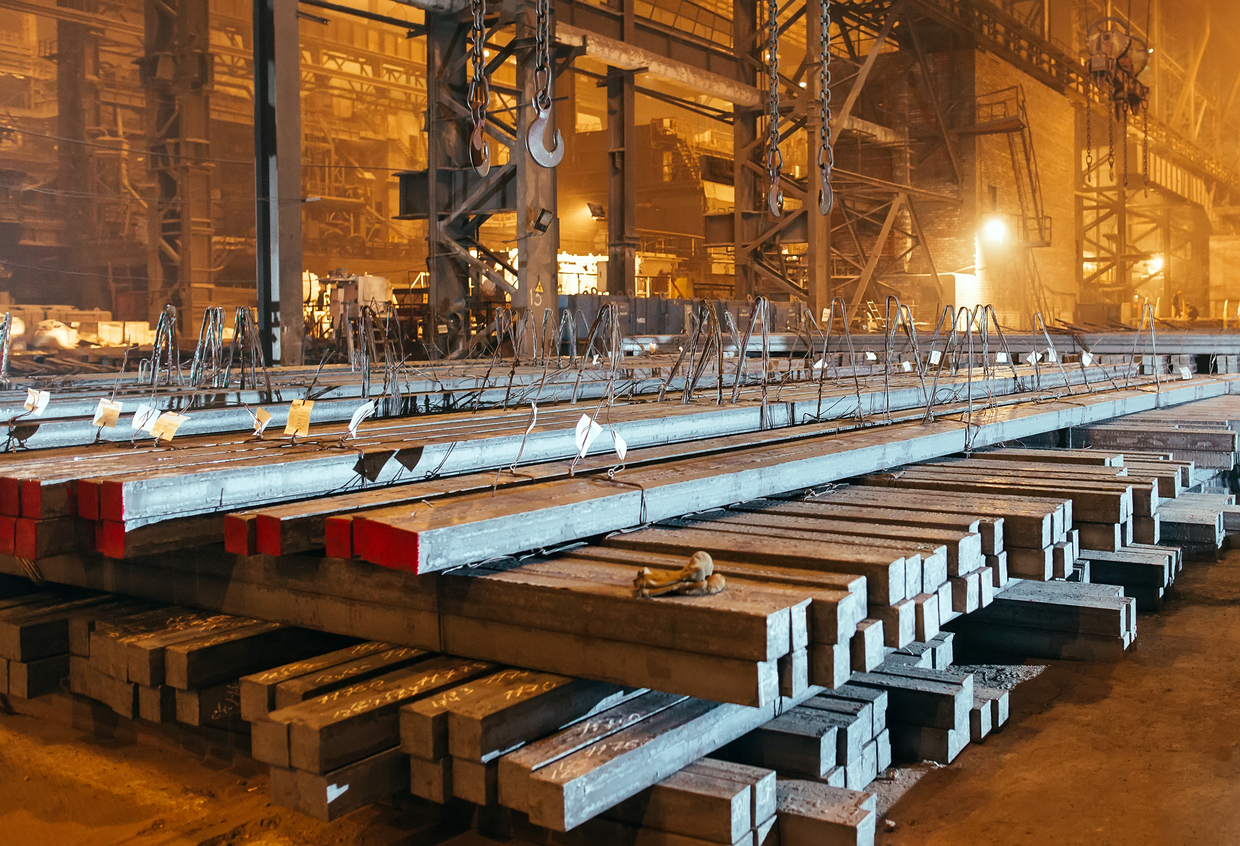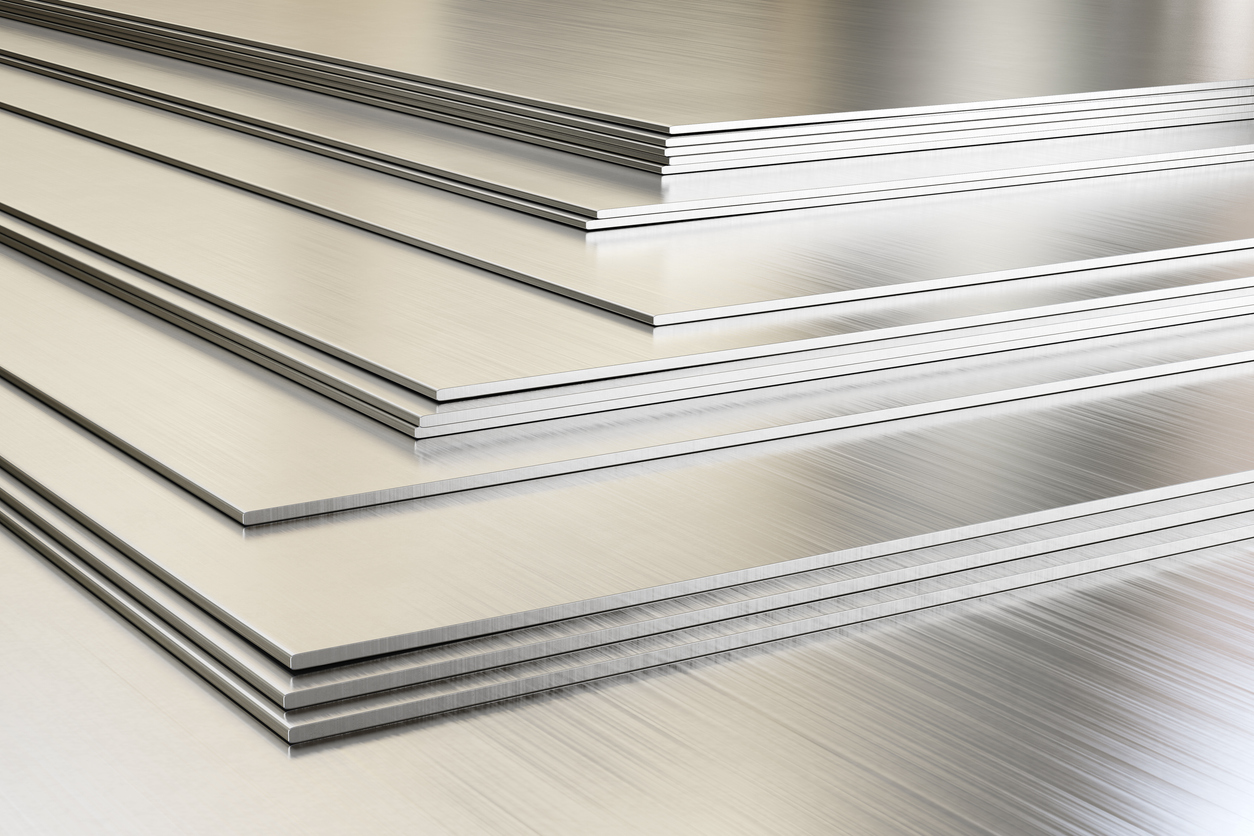
Tightening of steel safeguards in 2025 following Trump posturing?
With President Trump imposing all manner of tariffs as he kicks US protectionism into the next gear, policymakers are scrambling to find appropriate responses, whilst market players find it difficult to take business decisions in such uncertain context.
After China, Mexico, and Canada, it seems the EU is next on President Trump’s hitlist. President Trump has frequently cited the significant trade deficit with the EU as a justification for imposing new tariffs on European goods. Last night, 9 February 2025, Donald Trump announced his intention to impose import tariffs of 25 percent on imports of steel and aluminium from all countries.
So what can the EU expect in weeks to come? How will the EC respond? Will this affect the EU steel safeguard measures that are currently under review? And how does the World Trade Organisation (WTO) factor into things?
The answers to the first three questions are pretty much anyone’s guess at time of writing. Explaining the WTO’s role in the establishment and implementation of multilateral agreements is a lot more straightforward. Our outlook on the safeguard review’s outcome concludes this article.
WTO
The WTO is an international economic organisation of 164 countries, covering about 98% of global trade. Established through an agreement between member governments, it serves as a forum for creating trade rules and resolving disputes by consensus.
Member governments of the WTO have agreed on very strict terms for everything from agriculture to trade in counterfeit goods and everything in between. Including rules of origin, subsidies, countervailing measures, and indeed safeguard measures. Designed to secure global supply chains, these multilateral agreements are the foundation of economic and trade cooperation between countries.
The European Union has been a WTO member since its inception on 1 January 1995 and EU trade policy is guided by these multilateral agreements. EU Member States are also WTO members in their own right. The European Commission – the EU’s executive arm – speaks for all EU member States at almost all WTO meetings.
Crippled but Still Standing
The WTO’s dispute settlement system has two levels: the first-instance panels and the Appellate Body, which reviews appeals. Since 2017, the US has systematically blocked the appointment of new judges to the Appellate Body, arguing that it has overstepped its mandate and needs reform.
As a result, by December 2019, the Appellate Body no longer had enough members to hear new cases, effectively paralysing the WTO’s highest dispute resolution mechanism. Although this greatly weakens the WTO’s ability to settle global trade disputes, other functions, such as trade negotiations and monitoring, are maintained.
WTO Rules on Safeguard Measures
According to WTO-rules, safeguard measures are intended to remedy situations in which an industry is affected by an unforeseen, sharp, and sudden increase of imports. Article 7.1 of the WTO Agreement on Safeguards states that safeguard measures should only be applied for the period necessary to prevent or remedy serious injury and to facilitate adjustment.
WTO specifies that safeguard measures are temporary; their total duration may not exceed 8 years. An essential feature of safeguard measures is that they apply to imports from all developed countries. Developing countries (approximately two thirds of the WTO-countries) are exempt, unless they represent at least 3% of total imports, or collectively account for more than 9%.
Equally essential are the provisions of Article 7.4 which stipulate that measures must provide for progressive liberalisation so that the affected industry can adjust. Last but not least: a safeguard measure cannot be reapplied to a product for a period equal to its previous duration and must have a minimum gap of two years.
EC Reviews Steel Safeguard Measure
On 17 December 2024, at the request of the EU steel producers’ association and supported by the governments of 13 EU Member States (including Germany, France, Italy, and Belgium), the European Commission initiated a very last functioning review of the current EU safeguard measure on steel imports. It follows its last year’s decision to extend the measure until 30 June 2026: the maximum extension allowed by the WTO.
Far-Reaching Revisions Requested
The modifications requested by the EU mills are not trivial. They suggest to:
- Reduce the tariff rate quotas (TRQ).
- Increase the safeguard duty from the current 25% to 32%-41%.
- Apply a first in-first out (“FIFO”) rule for allocating the quotas.
- Set a 15% per-country cap in the residual TRQ.
- Stop the carry-over option from previous quarters.
- Introduce more country-specific quotas and reduce residual quotas.
- Grant no new exemptions (based on the 3% rule) from the TRQs for developing countries.
What worries the downstream market is that the EC has announced that any decision resulting from this functioning review, to be concluded by March 31, 2025, may become applicable as soon as the start of the next quarter (1 April 2025), leaving importers no time at all to adapt.
With many of our members affected by this revision, EURANIMI has participated in the discussion by filing a submission to the EC on 30 January 2025.
You might also be interested in: How does the EC decide on import regulations?
Stricter Steel Safeguard in Response to Trump’s Posturing?
A functional review by the EC takes place within a very strict legal context. The parties must submit their arguments within a given timeframe, upon which each party has a maximum of ten days to rebut arguments. This phase is now complete.
To take a later event into account (such as additional tariffs imposed by the Trump administration) without reopening the consultation of interested parties would undermine the legal validity of the European Commission’s decision.
With the EC set to conclude its review by 31 March 2025, there is a chance that Trump’s promise to match any duties with like-for-like tariffs will at least keep the current safeguard measure at 25%, instead of raising it to the requested 32%-41%. However, this all remains to be seen.
Besides, we must keep in mind that Trump recently imposed tariffs on Mexico and Canada, only to withdraw them a few days later. This puts yesterday’s sensational announcement into a different perspective.
History Repeats Itself
In 2018, the very same Donald Trump imposed tariffs of 25% on steel imports and 10% on aluminium. In response, the EU introduced the safeguard measure we know today.
In 2021, under the Global Arrangement on Sustainable Steel and Aluminum (GASSA) the Biden administration agreed to a two-year suspension of these tariffs. They were replaced by a quota system allowing a certain quantity of European steel to enter the United States duty-free.
In return, the EU suspended its retaliatory tariffs of 25%, pending negotiations on GASSA. Despite intense discussions, both parties missed the October 2023 deadline for reaching an agreement and decided to maintain the suspension of customs duties.
As of December 2023, the European Union extended its suspension of rebalancing tariffs on US products until March 31, 2025, precisely the deadline that the commission had set itself for concluding its functioning review of the steel safeguard measure. Concurrently, the United States extended its tariff-rate quota (TRQ) system for EU steel and aluminium imports through December 31, 2025.
Yesterday’s announcement on the possible reintroduction of tariffs on steel and aluminium imports is therefore not a new element in the Steel Safeguard case. In 2018 the same announcement triggered the introduction of the safeguard measure, and as the problem has still not been resolved, the discussion is set to continue in Trump’s usual bullying way.
Common Sense to Prevail
Regarding EU safeguards, the EU’s political world is very divided. On the one hand, EU Member States want a healthy European steel industry. On the other hand, they are increasingly concerned about losing our competitiveness and weakening EU growth compared to economic blocs such as the US and China.
Despite the WTO being under siege by the US, we do not believe that it is in the EU’s interest to set fire to world trade rules by infringing on WTO agreements for a safeguard measure that is about to enter its final 15 months.
WTO rules require progressive liberalisation of a safeguard measure. The Commission’s margins for manoeuvre are therefore relatively limited. It is clear, however, that the Commission will play its full role in reassessing the liberalisation of certain quotas in the light of specific requests from stakeholders.
Stay abreast of the latest downstream news by joining EURANIMI as a member.
Related Articles
Case Documents
Please log in as a member to consult all related case documents.



